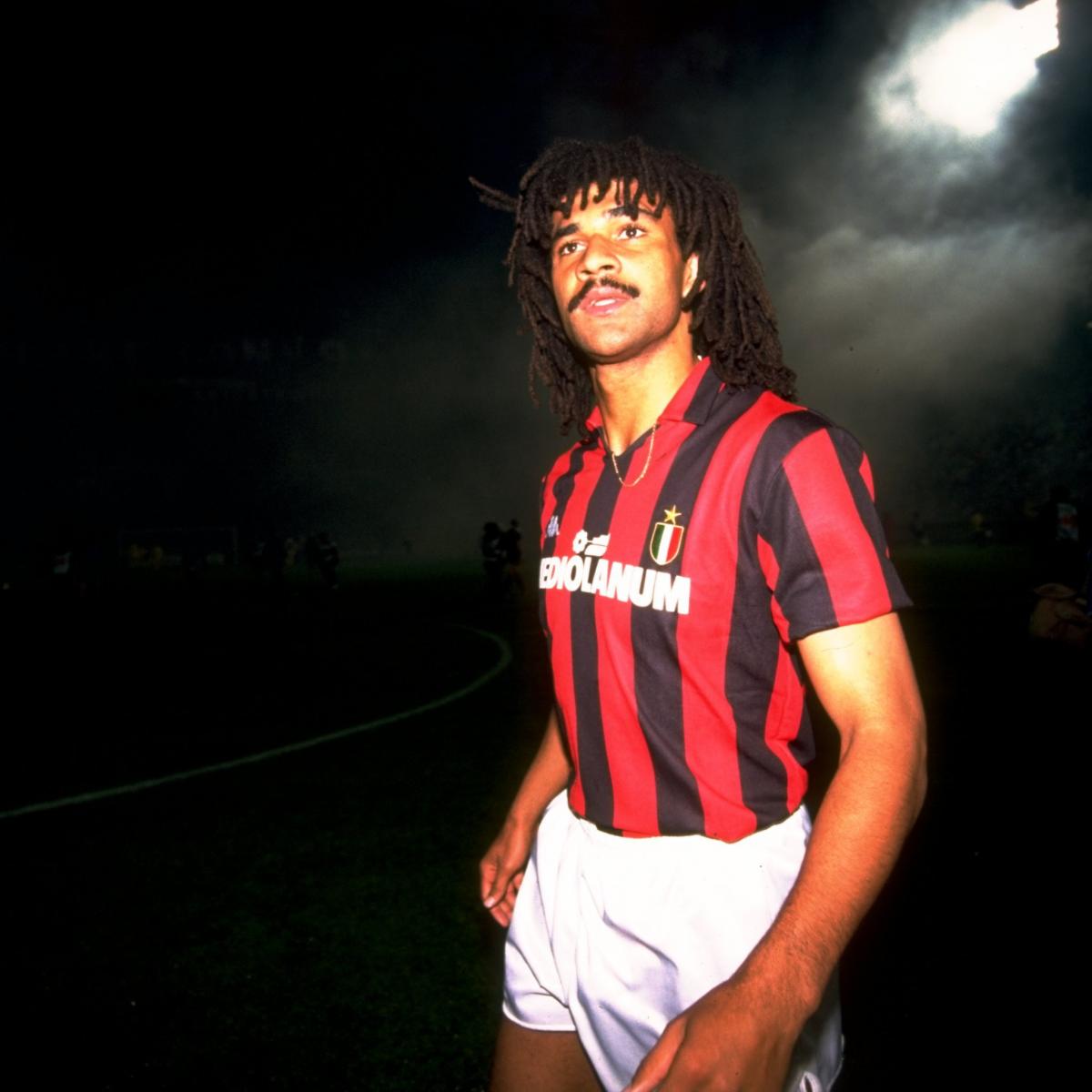Many will have you believe that David Beckham was the first commercial icon the game has seen. After all, his business savviness proved to be successful in the long run, becoming an example to follow for youngsters until this very day. And while Beckham was the first to fully break out of his ‘footballer shell’ and become a bona fide marketing global icon, he certainly was not the first to build an image outside of football. Before Becks, there had been numerous ‘stars’ that were recognized as being more than mere athletes. Who were some of these in Italy?
The Italian game, especially pre-2000, had many extra-football undertones, largely seen as this land of elegance, beauty, and luxury. Just playing in Serie A between the ‘80s and ‘90s gave you a certain charm compared to playing in other leagues. Italy had its own ‘je ne sais quoi’ that some footballers were able to exploit. Many examples spring to mind, but if I had to put my finger on someone, it would have to be former AC Milan Dutch star Ruud Gullit. Technically a second striker, Gullit was an absolute beast in midfield, attack, and defense alike – he had it all. His performances still echo in the minds of older fans, while us young ones can only rely on the tales and relics of the silky, powerful ‘Black Tulip’ — one of the many names he was given.
THE FASCINATING FOREIGNER
Therein lies the first part of his extra-football appeal: his skin color. There is no point in dancing around it, because Gullit was admired and loved for being different, interesting, and most importantly exotic. There were few black players in the league at the time of his arrival in 1987, and although this means he was not the only one, he had something else that set him apart: his hair. His hair is to this day known as one of the most iconic looks in football – the free, almost wild dreadlocks jumping up and down his head as he galloped on the field will forever remain in history. The hairstyle was so popular and recognizable, that vendors went as far as selling caps with fake dreadlocks in shops and kiosks around the San Siro before games. Everyone wanted to be like Gullit. His prowess on the pitch and the exciting ‘different’ nature he carried off it made him an icon, and the funny, outgoing personality he possessed only reinforced that status.
THE KING OF THE CITY OF PLEASURE
The aesthetic appeal and its effects did not end there, because Gullit, in his heyday, was a certified sex symbol. If some respected and admired him for being so distinctive, others wanted him for those very reasons. Gullit was new, he was exciting, and they craved him. Mid-to-late 1980s Milan was a rapidly changing city, going from a crime-ridden town in the 1970s, to a capitalist paradise shortly after. It became known as ‘Milano da bere’ (Milan as a drink) due to a popular liquor advertisement slogan that made headlines and appeared everywhere. An insurgence of careerism, widespread wealth, well-being, pleasure, and luxury made the city one big party, and Gullit was at the center of it all. He fully embodied the values of that version of the city, representing well-being and pleasure by playing the beautiful game, being good at it, and bringing joy to the people. Furthermore, Gullit was a fashion icon and the main star of one of the richest, most successful teams of all time, thus acquiring a luxurious, prosperous weight for his name. And although he was never fully part of the ‘Milano da bere’ movement due to his professionalism, Gullit was famous for being a free spirit and a showman, making his symbolic importance in that wild, flourishing, and fun city undeniable.
AN ALL-AROUND CELEBRITY
Free spirit. Showmanship. These are two concepts that Gullit took to heart. The Dutchman was often non-conformist and unconventional, and in a time of racial stigma and reduced acceptance for black people in some parts of the world, he was an avid advocate for equality for all races. Journalists still remember Gullit dedicating his 1987 Ballon d’Or win to Nelson Mandela, who, at the time, was still in prison for fighting the brutal South African apartheid system. Not many had the courage to be this outspoken during the ‘80s, and this gesture is a true testament to how free this free spirit was. He was incredibly ahead of his time, especially because his showmanship can only really be found in today’s football stars. Gullit was a reggae singer, most notably collaborating with the band Revelation Time to create the 1988 anti-apartheid song “South Africa”, and hitting the no. 3 in the Dutch Top 40 chart. A truly social showman, who held onto his values and used his image to advocate for important messages.
Just like on the field, Gullit was an all-around celebrity, with several strong suits.
The first real star of Italian football.

